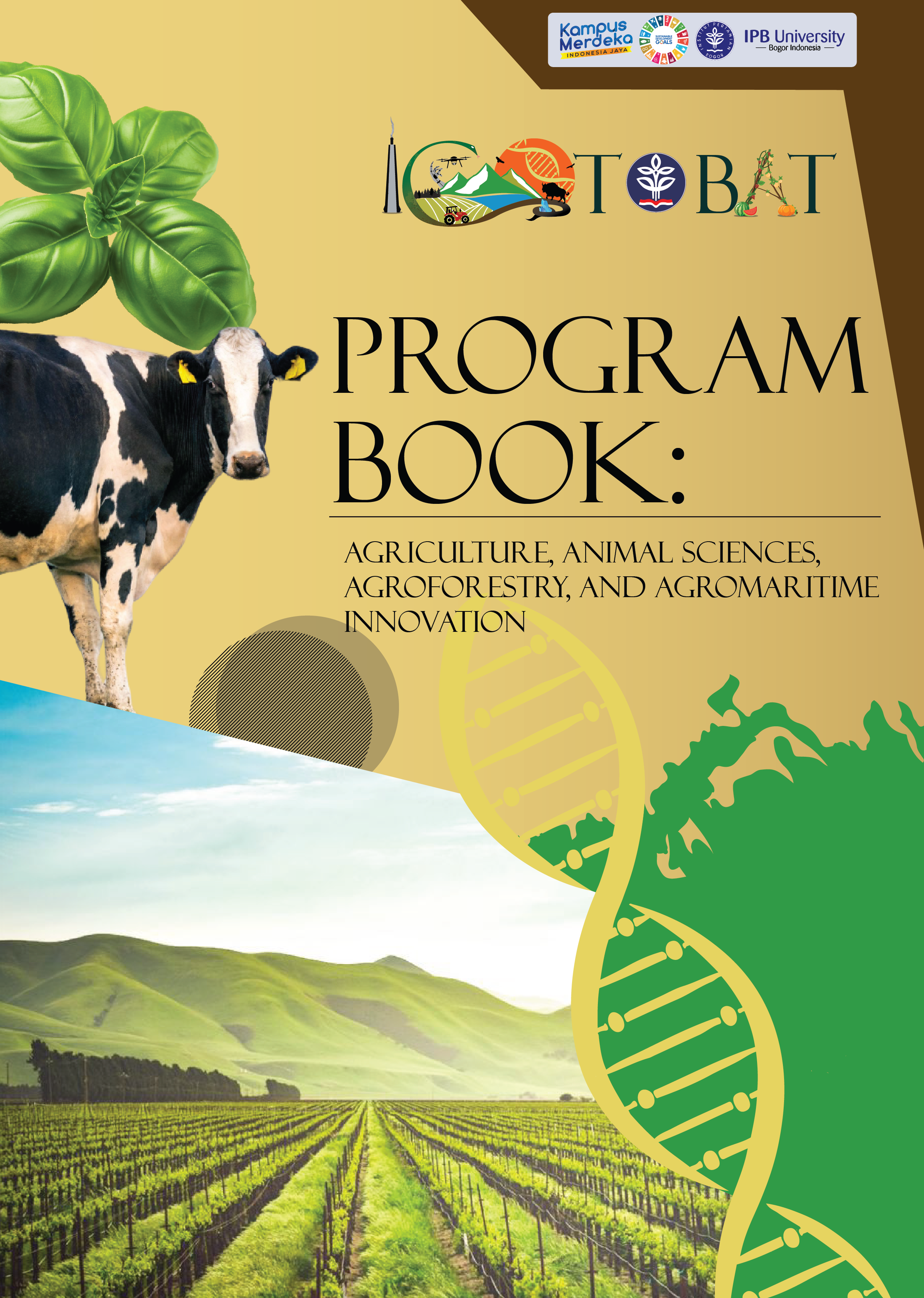Aerobic Processing of Sheep Farming Waste Using Microorganism Decomposers and Maggot Detritivors
Abstract
Solid waste from sheep farming is in the form of feces, which is an organic material that can be processed and converted by utilizing the activity of indigenous microorganisms and maggot detritivores. The results of the decomposition of organic material from sheep feces can be maggot biomass and compost. Maggot biomass can be used as a source of nutrition for livestock and compost can be used as fertilizer for plants. The process of processing sheep feces is effective and produces high-quality maggot biomass and compost. It requires the formulation of compost/substrate materials that suit the nutritional needs of microorganisms and maggots. Compost material formulation factors include the C/N ratio. Sheep feces have a low C/N ratio, to increase the C/N ratio of the substrate, materials need to be added that contain a higher C/N ratio, including kitchen organic waste. In this research, sheep feces were added to organic kitchen waste and processed aerobically using microorganism decomposers and maggot detritivores. The aim of this research is to process and convert sheep feces into compost and maggot biomass. This research material used 1 kg of sheep feces and 1 kg of organic kitchen waste, 1 gram of maggot eggs, indigenous bacteria and fungi in the amount of 5 x 1010cfu/g and 3 x 105 cfu/g, the method used was an experimental method, data was obtained descriptively. Processing sheep feces begins with an initial decomposition process by microorganism decomposers for 7 days, then the decomposition process is continued by maggot detritivores for 14 days. The research results show that processing sheep feces can reduce the amount of waste, which shows that there is a reduction of 62.5%, and produces maggot biomass of 542 ± 98.4631 grams and produces compost of 684 ± 55.8345 grams.





























